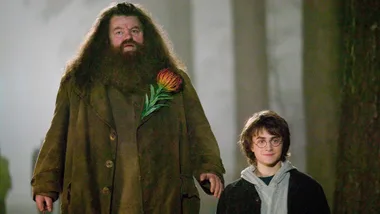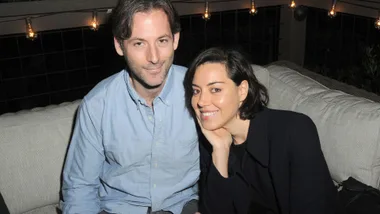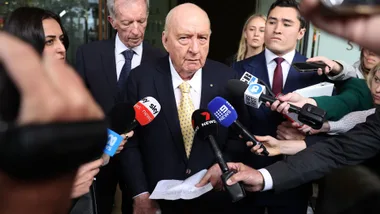Around October 2020, the company that social media producer Beth Cunningham worked for began making noises about getting everyone back from their first-wave pandemic, work-from-home arrangements and into the office.
“They brought us all into a meeting and they were doing that whole ‘let’s all come together’ speech,” the 25-year-old Sydneysider remembers.
Cunningham was shocked. There were still lingering COVID cases around Sydney, and hotspots popping up without warning.
“There were no vaccines at that point,” she says. “I have an elderly father who’s ill. It just felt really uncomfortable.” She asked for a meeting with her manager to see if she could continue working from home but she says the company was “very resistant”.
And so, with little hesitation and no other job lined up, Cunningham quit.
Today, she dabbles in a bit of freelance social media management and is working on a side hustle with a friend making pet products and dog treats. She’s also considering taking a baking course to find out if that might be something she enjoys and could therefore monetise. She doesn’t earn anywhere near the sort of money that she had in her corporate gig but she says she’s infinitely more content. “I’m doing OK,” she says. “I’m just taking time out to do nice things, walks on the beach, exercising, which is all good for my mental health. I just think you can’t treat workers like they’re disposable anymore. We’re real human beings with lives, and exist to do more than just churn out work.”
Cunningham is emblematic of a generation of younger workers all over the globe for whom the great COVID disruption made them take a closer look at their working lives, only to realise they didn’t necessarily like what they saw. And they’re leaving the workforce in a tidal wave.
In the United States, four million people quit their jobs in April 2021 – a 20-year record – followed by 3.6 million in May and 3.9 million in June. About one in four Aussies are job hunting, according to a recent Gartner survey of more than 1,500. According to Nespresso Professional’s Workplace of the Future 2021 report, more than half of Gen Y workers are planning to leave their job before the end of the year. It’s a trend that’s happening all over. A recent Microsoft study found that 41 per cent of workers globally are planning to hand in their notice soon.
In specific reference to millennials (those born between 1981 and 1996 and aged between 29 and 40) The New York Times says they’re part of the ‘YOLO Economy’, where leaping into the great unknown seems more enticing than staying in a role that doesn’t feel flexible, fulfilling or like it has a future. In the UK, The Telegraph dubbed them ‘Generation Resignation’. Suddenly, managers in legacy corporations everywhere are looking at empty desks and blank computer screens and wondering what the hell to do next.
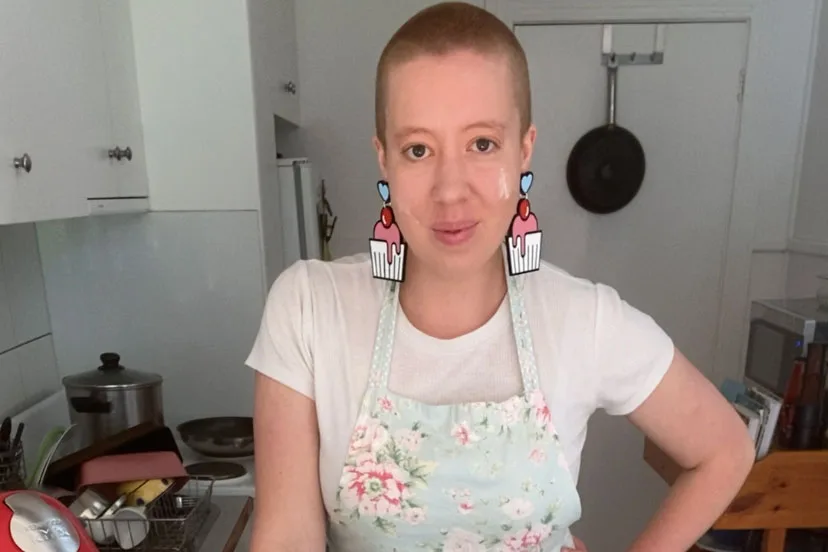
From the outside, former architect Vanessa Opazo, 33, looked like the last person you’d expect to give up their job because of the pandemic.
She worked in a senior role for a top-level firm designing to some of the country’s most iconic buildings, including upgrades to the MLC Centre in Sydney and the Optus Stadium in Perth.
She was a valued member of her team, and despite the high pressure and long days she loved what she did. But for a few years the Spanish native, who studied fine arts and architecture in her home town of Madrid before moving to Australia six years ago, had felt the creative side of her personality had been neglected. So she began studying calligraphy, which soon began to feel like the most enjoyable part of her day.
“It was my way of having ‘me time’,” she says. “There’s something about calligraphy that gets me into a meditative state. It helped me deal with the stress of the office.”
When COVID hit, Opazo’s first feeling was one of fearful relief. She was one of the lucky ones still working and pulling in a solid paycheque; in fact, her work was as busy as ever because the construction industry was permitted to stay open.
But a few weeks in, she found herself thinking, what if I wasn’t in construction? What if I were working in any other industry and my boss didn’t have any work for me? Or cut my hours? Because it’s his business at the end of the day.
“That was when I decided I needed my own thing. I needed control,” she says. “So this could never happen to me.”
It took Opazo a few months – she saved money and gave her bosses plenty of notice. Then in April 2021, she walked through the doors of the architecture firm for the final time. Now she teaches sell-out online calligraphy classes and has just taken a coaching course with the aim of mentoring other women who are considering branching out on their own. Her pay isn’t what it was, but she’s confident it will come in time.
“At first I struggled to break through that status anxiety,” Opazo says.
“I’ve always been ‘Vanessa the architect.’ Now there’s this new thing and I don’t know exactly where I’m going with it.”
But what she does know is that she feels more sure of herself than before.
“The security that my monthly paycheque gave me was huge,” she says. “But the emotional security I have now is even bigger. My security doesn’t rely on anything external now.”
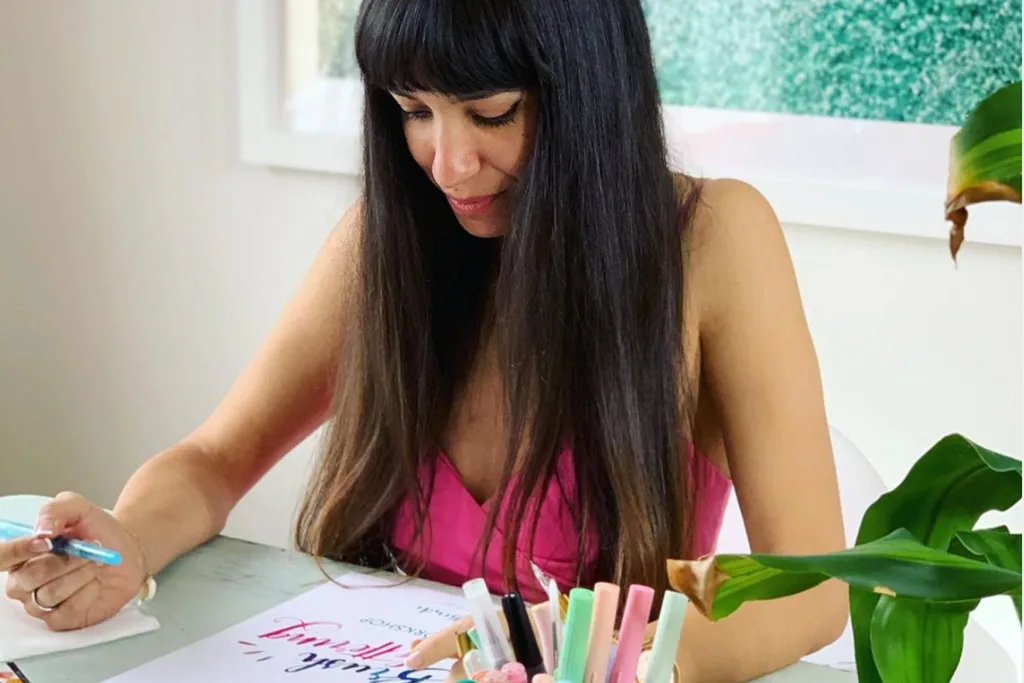
Stories like these don’t surprise Business Chicks founder Emma Isaacs. In her latest book, The New Hustle, she argues that a growing dissatisfaction with the restrictive old ways of working that strangle work/life balance and creativity has been bubbling away for a long time. The emergence of COVID, she says, simply brought things to a head.
“The pandemic gave us a giant shot in the arm of perspective,” she says.
“People all around us were losing their health or their loved ones. There was a tidal wave of change. And it gave us time to sit back and think, ‘Hang on a minute: am I happy here?’ Because life is short.”
She says she sees evidence of this mass exodus from the workplace everywhere she looks, and warns that if businesses want to stem the flow, they’re going to have to change the way they treat their employees.
Above all, flexibility needs to be at the core of this change. Deloitte’s Global 2021 Millennial and Gen Z Survey found that while many younger workers were looking forward to returning to some sort of formal working environment once pandemic restrictions ease, almost a quarter said they would like to work in an office “a little to a lot less often” than they did before the shutdowns.
Certainly Opazo believes she would have considered staying on at her construction firm part time if she’d been given that option. Isaacs says flexibility is something that her business has built into its working model for many years.
“We talk about the idea of ‘radical flexibility’, which means really walking your walk and talking your talk,” she says.
“A lot of companies think they’re flexible because they say something like, ‘you can log off at 4pm and check your emails at night’ but that’s not radical flexibility.”
Instead, Isaacs’ employees, who live across three Australian states, can choose to work in whatever way suits them: entirely from home, or partially or completely in the office – and on the days that suit them.
Instead of focusing on the “input” of their work, Isaacs says she only measures output. “If you can work 15 hours a week and give me incredible results, that’s fine by me,” she says.
And it’s not just employers with office-based workforces that are coming round to the idea that if you don’t offer real flexibility, you can’t expect to attract and retain a loyal, happy workforce in today’s changing marketplace.
“It frustrates me that so many business owners act as if it’s so hard to be flexible for your employees,” says North Brisbane Dental Clinic owner and principal dentist Dr Georgia Sheahan.
“It’s really quite easy if communication is good and expectations are set.”
Although her workforce can’t do their jobs remotely, she does everything she can to accommodate their childcare, health issues and other needs, partly by keeping a steady pool of casuals on hand. Her permanent staff have flexi hours, so if they work longer to cover for someone one week, they can take hours off the following week.
“If you value your employees, you’re mad not to give them flexible working arrangements when needed,” she says.
The concept of “value” is what’s being turned on its head most by Generation Resignation.
The days where workers were expected to feel grateful for a position in a large, respected company have given way to the growing reality that it’s the companies who might need to start feeling – and demonstrating – gratitude for their workers.
“It’s a dangerous and risky time for companies,” Isaacs says.
“Millennials know how to head to freelance work, to start a business, or trade the stock market or crypto. All these things are available to people with technology.”
And it’s these alternative ways to make a living that she says are the true competition today’s businesses face when they try to build and retain a workforce.
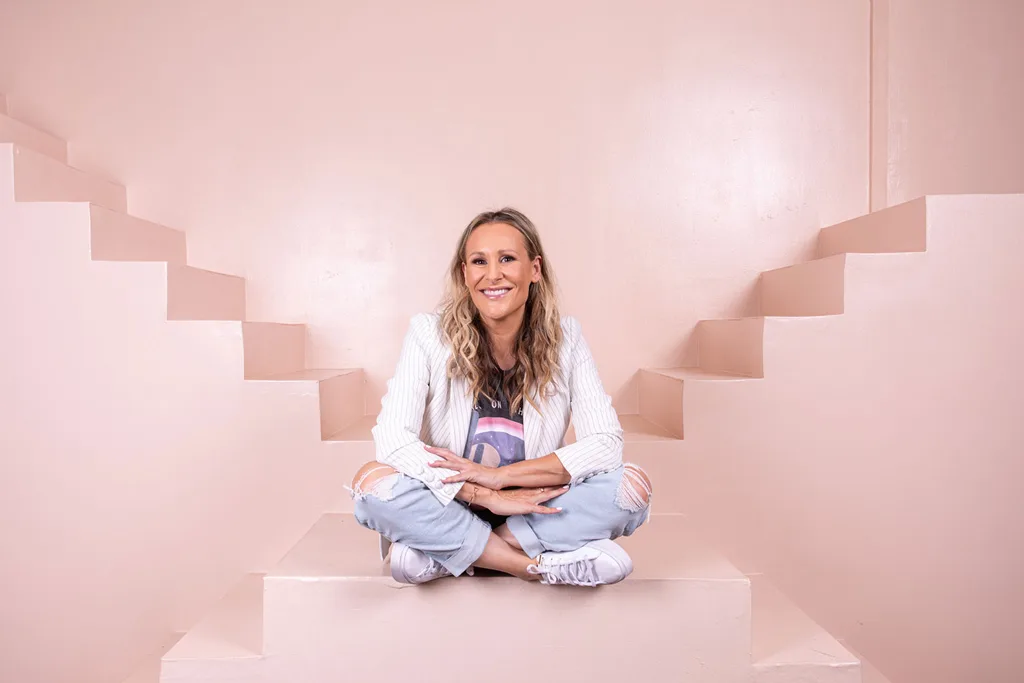
For Melbourne sales executive Aisha*, the pandemic shutdowns didn’t give her a window into a working-from-home world that felt more balanced. With two young children at home and the same pressures of full-time work still on her plate – just with more Zoom calls – lockdown felt like a pressure cooker.
The 31-year-old had already been feeling a little overwhelmed by trying to manage the competing pressures of a high-level role and young family before COVID. The lockdowns pushed her to near breaking point.
“I’d be trying to run a Zoom meeting and one of my kids would have their hand on my face or yelling about needing to do a poo,” she remembers.
“And my colleagues would just look at me. No- one took over. No-one stepped up. It felt like everything was all still on my plate and it was relentless.”
As the weeks went on, she found it harder and harder to step away from her laptop. Her irritability increased, her sleep became disturbed and she felt her kids were crying out for attention she wasn’t able to give them.
What she was experiencing was almost certainly burnout, something that University of NSW Scientia Professor of Psychiatry and founder of the Black Dog Institute Gordon Parker says is skyrocketing since the pandemic began.
“It makes total sense to me that [COVID] is making people aware that their work-life balance isn’t right,” he says. “Or that they think they have symptoms of burnout, or that lockdown is driving them crazy and they have to do something different.”
Burnout, he says, is a phenomenon that is chronically under-recognised in Australia, and often mistaken for depression. People with burnout are generally defined as being exhausted and having impaired work performance. Parker’s own research also shows that they generally lack joie de vivre and find it difficult to be happy in their life, and have some level of cognitive impairment.
ABC chair Ita Buttrose famously told the ABC’s Q&A program in 2020 that young workers “lack resilience”, suggesting that they were too weak or unwilling to meet the high pressures of the modern workplace. But Parker says burnout is far more likely to affect people who most consider to be “good” workers.
“Burnout occurs in people who are reliable, dutiful, conscientious people,” he says.
“It makes sense. These are the people who work longer and harder. And so, when we’re living in this 24/7 world, where we’re constantly accessible on our phones and iPads, together with someone who has a reliable, perfectionist personality style, you have the recipe for burnout.”
For Aisha, a solution of sorts manifested that wasn’t of her design: the COVID downturn meant the company needed to do a round of layoffs and she put her hand up. It wasn’t an easy decision, but she knows it’s the break she needed. Fortunately her family can live off her husband’s salary and government support for now.
“I have no idea what I’ll do from here,” she says of her working life, and can’t help feeling a twinge of resentment that her company was so prepared to run her into the ground and let her go, rather than change the way it operated. “But this is right for me and my family for now.”
Alley Pascoe, a former magazine features editor who swapped full-time office work in Sydney for what she sees as her “dream life” of freelance work in Darwin following the 2020 lockdowns, says she doesn’t believe the old ways of nine-to-five grind for 50 years with a gold watch reward at the end are likely to be something many people will ever aspire to again.
“The goal isn’t to work your way up the ladder any more,” she says. “The goal is to burn the ladder down and enjoy a really nice bonfire!”


